Evolution is usually thought of as a slow, ancient process.
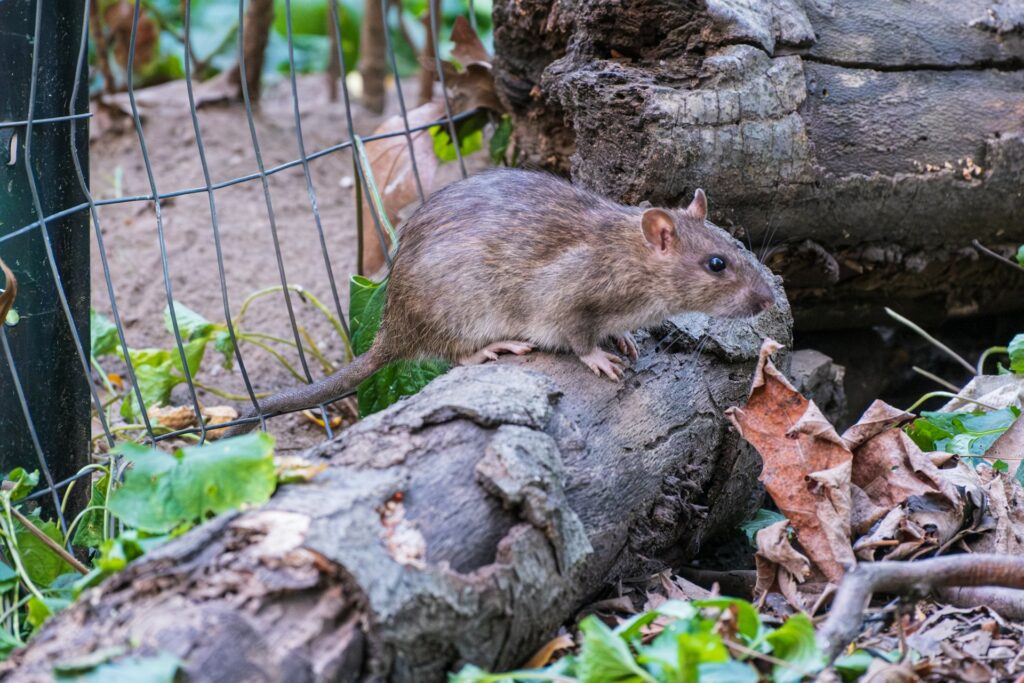
However, in the last hundred years, some animals have developed shockingly fast adaptations to survive in a world that’s changing faster than nature ever intended. From city streets to industrial waste zones, here are 10 animals that have evolved genuinely bizarre (and pretty impressive) abilities only very recently, evolutionarily speaking.
1. Urban great tits have developed higher-pitched songs.
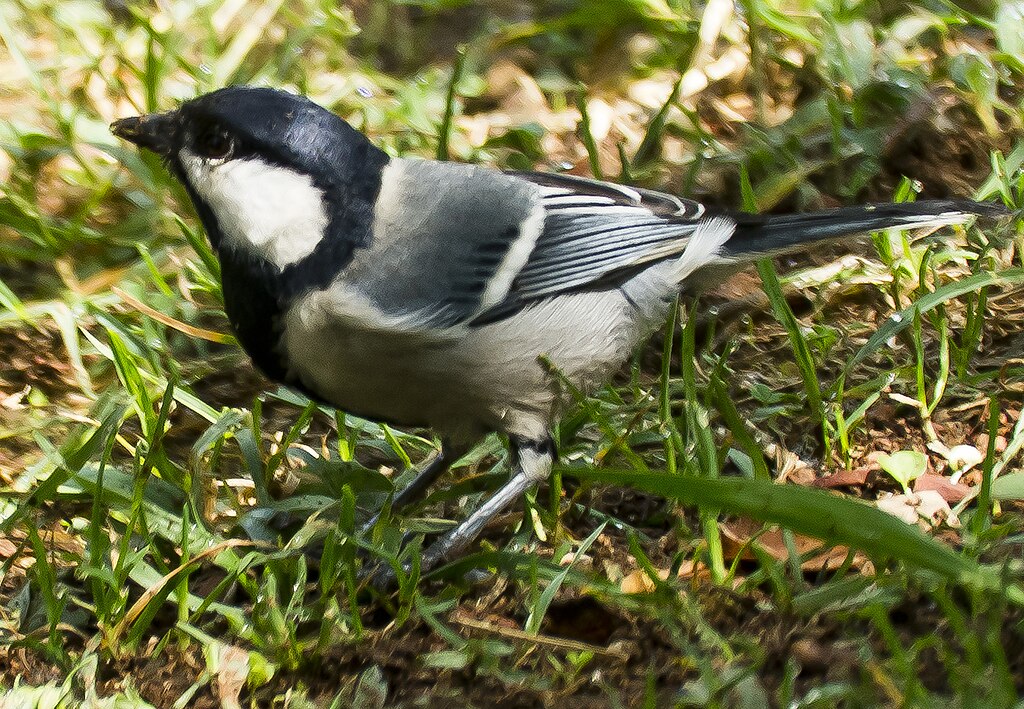
Great tits—small songbirds common in Europe—have adapted their singing voices in cities to cope with traffic noise. In dense urban environments, males now sing at higher pitches to cut through the low-frequency hum of engines and machinery. This might sound small, but it’s an evolutionary shift in communication driven by human-created soundscapes. It’s allowed them to continue mating and defending territory despite our relentless background noise.
2. New York rats are becoming genetically resistant to poison.
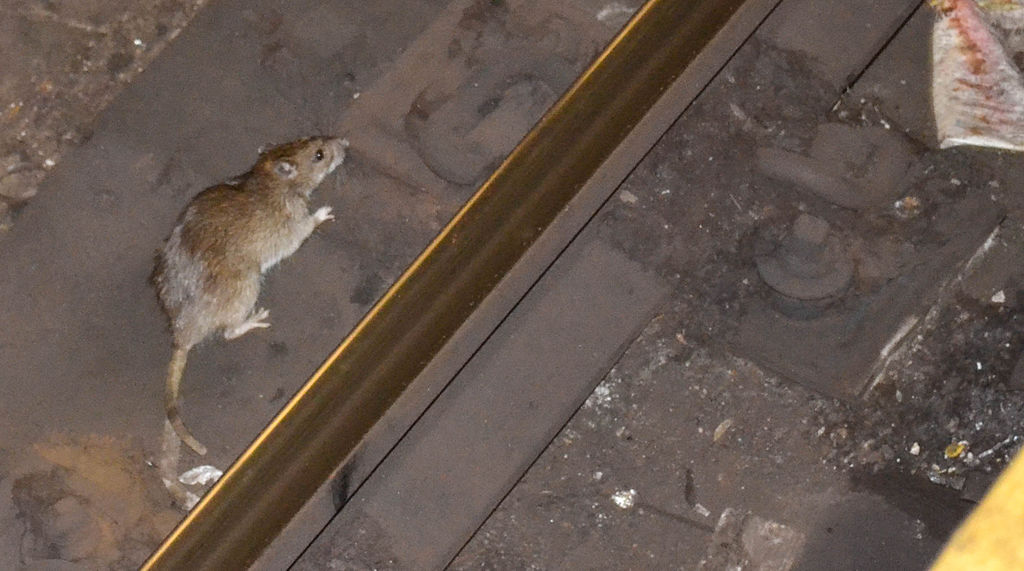
Decades of pest control have unintentionally created a kind of rat arms race. In cities like New York, rats have evolved resistance to common rodenticides, making them incredibly difficult to manage. Their DNA now carries adaptations that help their livers process poisons that used to be lethal. Essentially, these rats are evolving super-livers—ones that treat poison like a bad snack, not a death sentence.
3. London’s tube mosquitoes are now their own species.
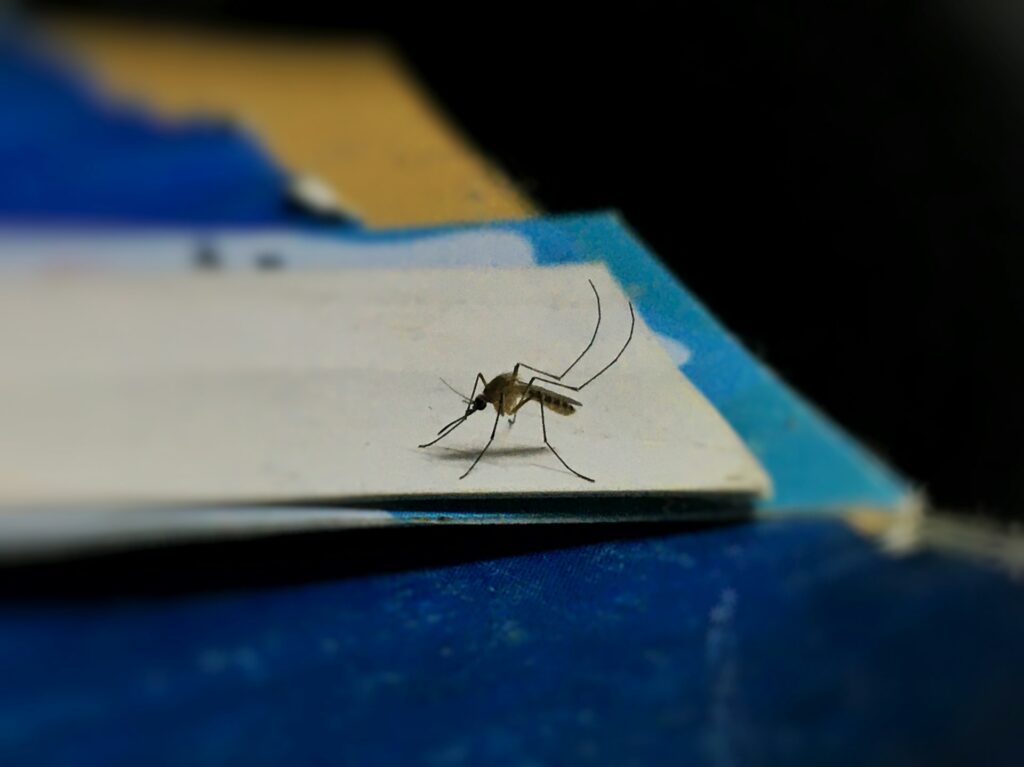
There’s a population of mosquitoes in the London Underground that has diverged so much from their surface-dwelling counterparts that they’re considered a separate species. These subterranean mosquitoes can breed year-round, don’t need blood meals from animals (only humans), and thrive in the artificial climate of the subway. They’ve become a distinct, underground-adapted version of their above-ground relatives—all in just over a century.
4. Fish in polluted rivers are developing toxin resistance.
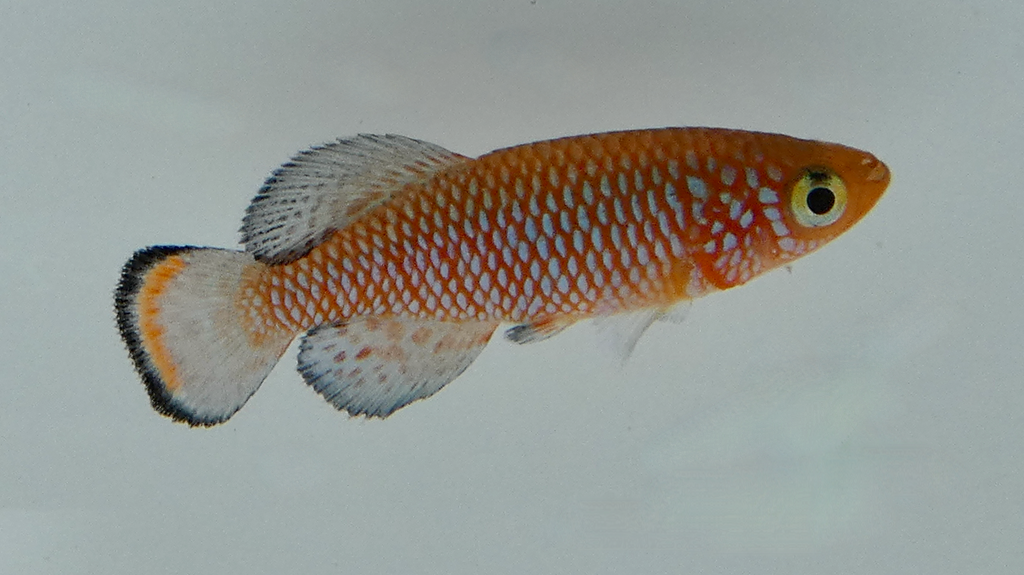
Killifish living in some of America’s most polluted waterways have evolved resistance to industrial chemicals like PCBs and dioxins. Normally, these toxins would devastate fish populations, but not these resilient swimmers. Thanks to changes in their aryl hydrocarbon receptor genes, these fish can now tolerate what should be lethal doses of pollutants. It’s a clear sign that evolution doesn’t just favour strength—it favours adaptability.
5. Bed bugs are growing thicker exoskeletons.
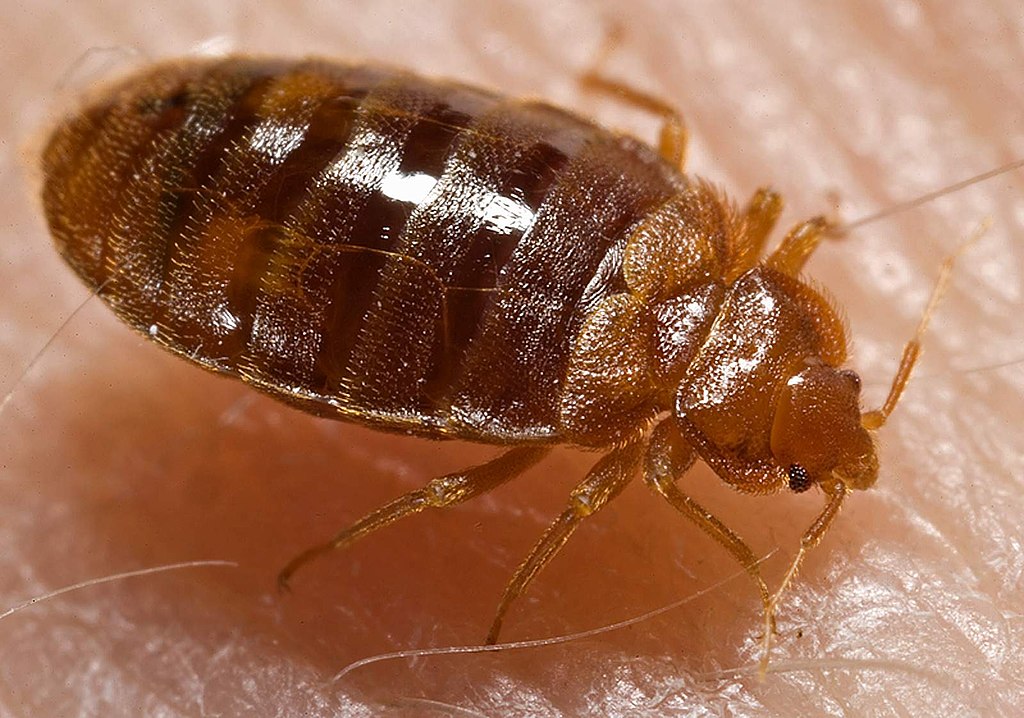
Modern bed bugs have undergone a creepy transformation. As chemical pesticides were used more aggressively in the 20th century, some bed bug populations evolved thicker outer shells to survive the sprays. This armour-like exoskeleton helps them resist pesticides that would have once killed them instantly. As a result, today’s bed bugs are not only more numerous—they’re tougher, sneakier, and much harder to eliminate.
6. Tibetan wolves have developed high-altitude blood adaptations.
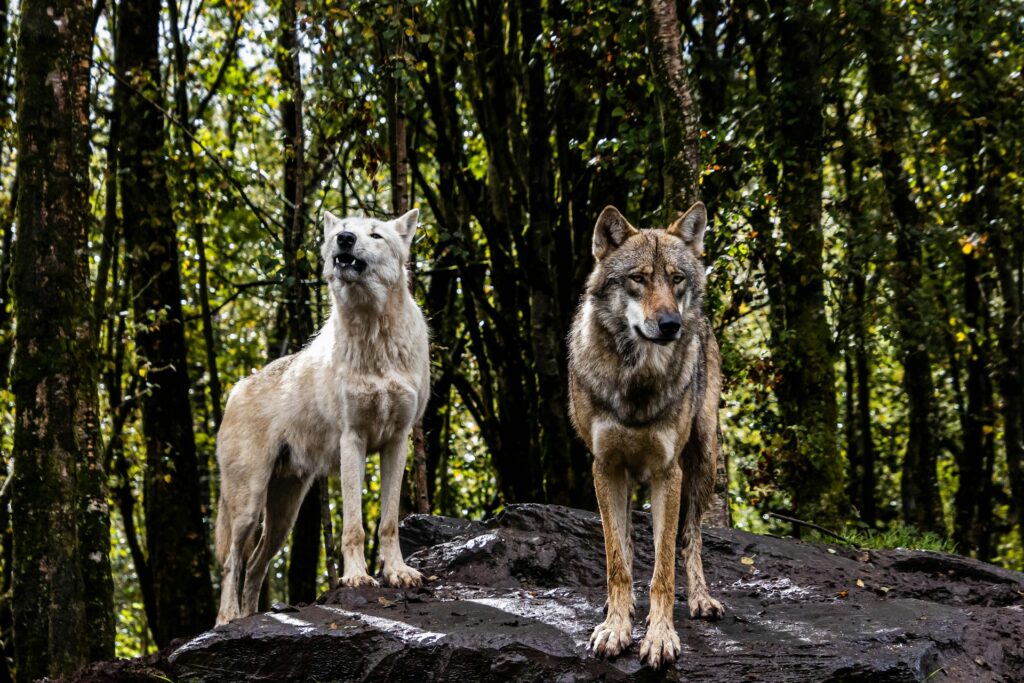
Wolves living in Tibet have genetically adapted to survive in extreme altitudes where oxygen is scarce. In less than 100 years, these wolves have developed unique haemoglobin-related traits that allow them to function at altitudes that would leave most mammals breathless.
What’s remarkable is how quickly this adaptation has appeared compared to slower-paced evolutionary shifts in other species. These wolves are like natural-born mountaineers, thriving in thin air where others can’t.
7. Swallows are evolving shorter wings to dodge cars.
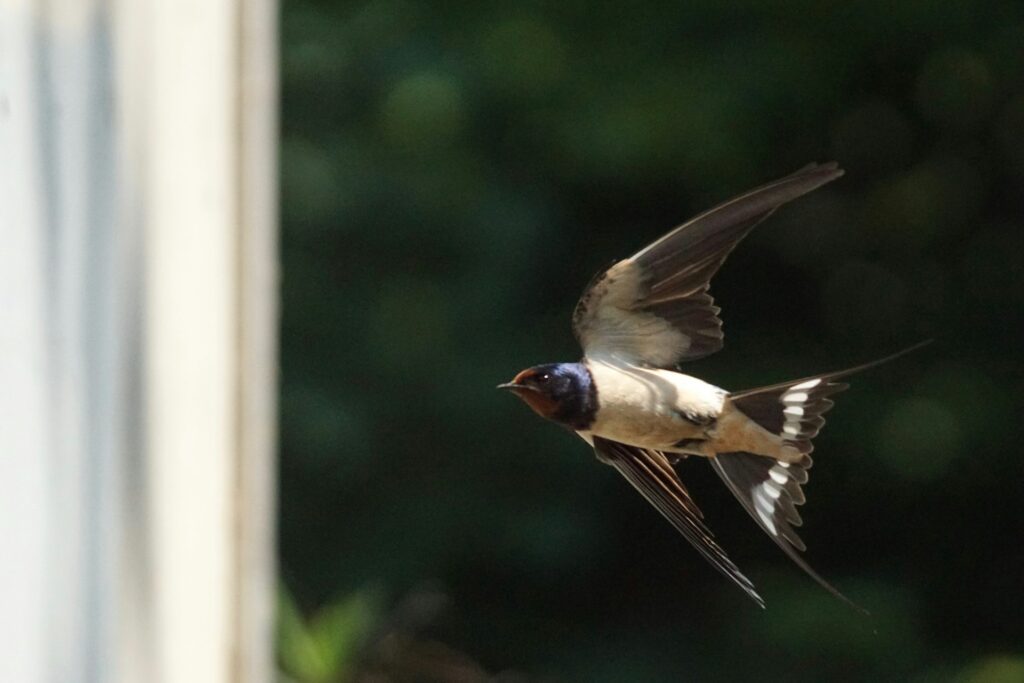
In some parts of North America, cliff swallows nesting near roads have developed shorter, more manoeuvrable wings. This lets them dodge traffic more effectively, reducing mortality from vehicle collisions. Researchers noticed that swallows killed by cars tended to have longer wings, while the surviving population trended shorter. As time went on, the gene pool changed toward swifter, more agile fliers—proof that evolution can happen right in front of us.
8. Pacific salmon are shrinking due to climate pressure.
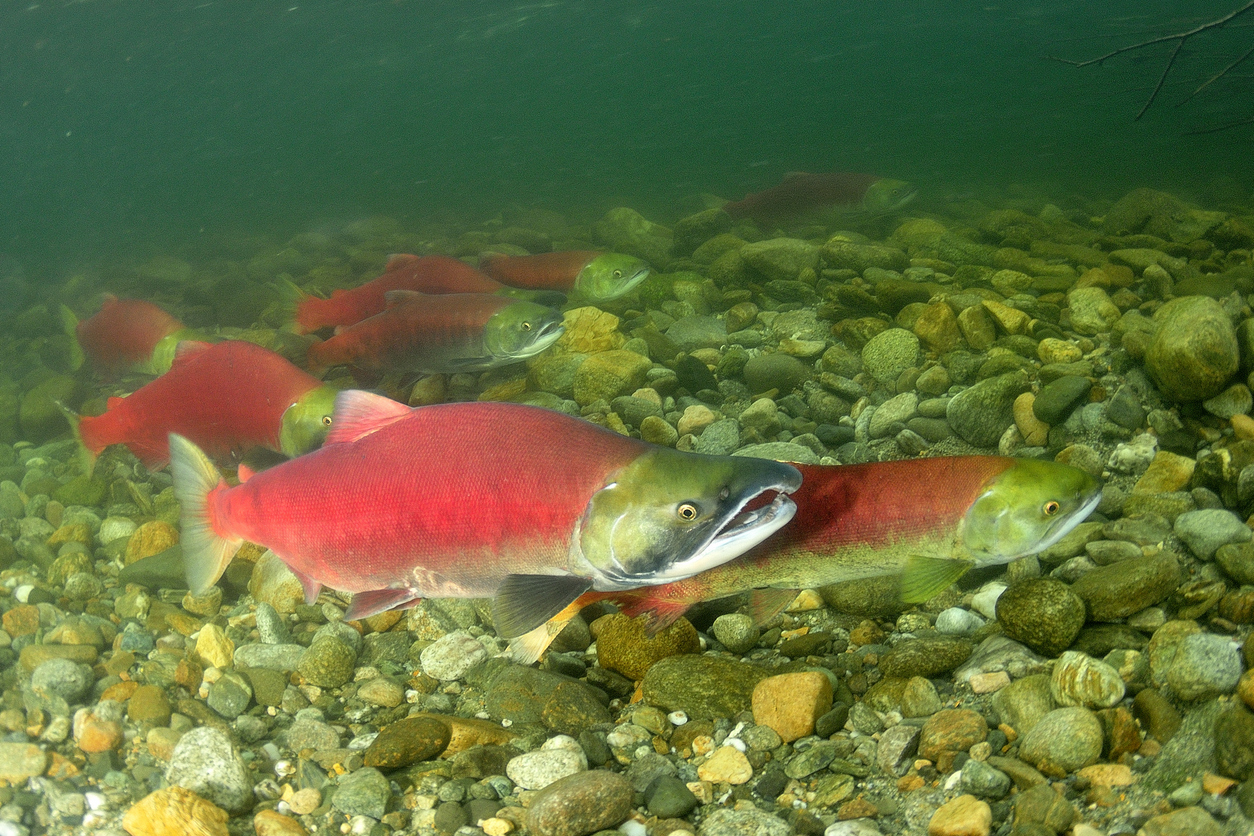
Over the past century, Pacific salmon have gotten smaller in size, and it’s not just a fluke—it’s evolution responding to warmer water temperatures, shifting food chains, and overfishing. Smaller fish reach reproductive age faster and are more likely to survive in changing habitats. While it might seem like a loss, it’s actually a survival tactic—a bizarre twist where shrinking has become an evolutionary advantage.
9. Electric eels have boosted their voltage output.
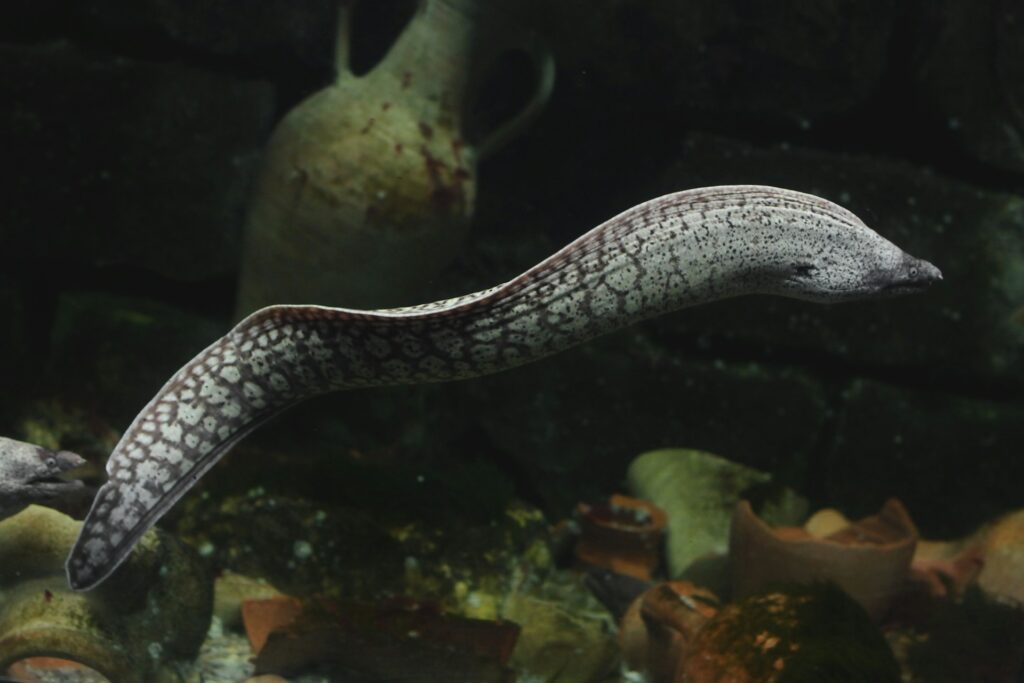
Electric eels in parts of the Amazon basin have evolved to deliver stronger electric shocks—up to 860 volts, the highest of any known animal. Recent studies suggest this adaptation may have been amplified in recent generations, likely as a response to predation or murkier waters. This power boost gives them better range for stunning prey and deterring threats. Essentially, their natural tasers are getting more dangerous, fast.
10. Coyotes are becoming more nocturnal in urban areas.
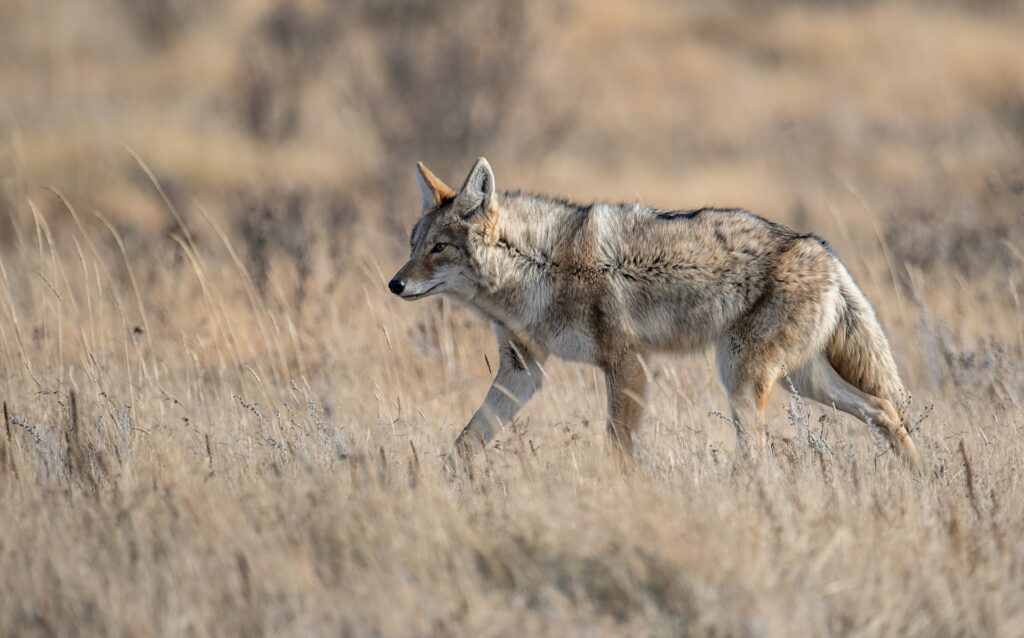
Urban coyotes, especially those in major U.S. cities, have adjusted their behaviour to become more nocturnal than their rural relatives. This isn’t just behavioural—it’s starting to show up in their physiology and stress response systems. Avoiding humans by shifting their active hours into the night has become an inherited advantage. Over time, this could lead to deeper biological changes as city life continues to select for stealthy, nighttime habits.